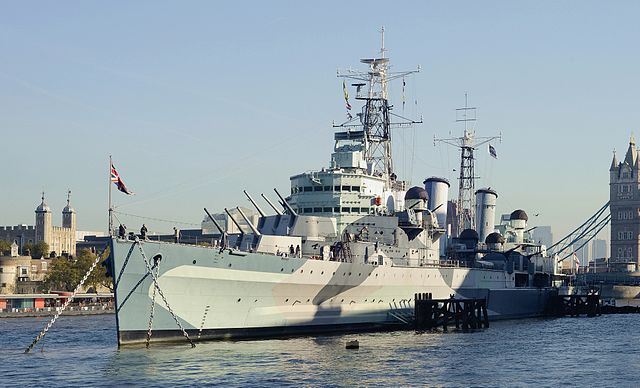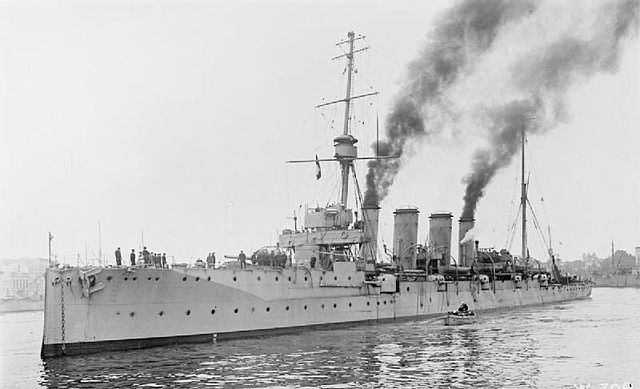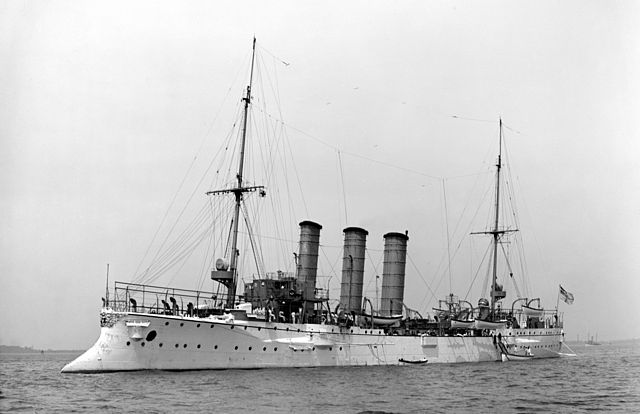Königsberg-class cruiser (1905)
The Königsberg class was a group of four light cruisers built for the German Imperial Navy. The class comprised four vessels: SMS Königsberg, the lead ship, SMS Nürnberg, SMS Stuttgart, and SMS Stettin. The ships were an improvement on the preceding Bremen class, being slightly larger and faster, and mounting the same armament of ten 10.5 cm SK L/40 guns and two 45 cm (17.7 in) torpedo tubes.
SMS Königsberg
Plan and profile as depicted in Jane's Fighting Ships 1914
Königsberg moored in harbor before the war
Stettin in the United States in 1912
A light cruiser is a type of small or medium-sized warship. The term is a shortening of the phrase "light armored cruiser", describing a small ship that carried armor in the same way as an armored cruiser: a protective belt and deck. Prior to this smaller cruisers had been of the protected cruiser model, possessing armored decks only. While lighter and smaller than other contemporary ships they were still true cruisers, retaining the extended radius of action and self-sufficiency to act independently around the world. Cruisers mounting larger guns and heavier armor relative to most light cruisers would come to be known as heavy cruisers, though the designation of 'light' versus 'heavy' cruisers would vary somewhat between navies. Through their history light cruisers served in a variety of roles, primarily as convoy escorts and destroyer command ships, but also as scouts and fleet support vessels for battle fleets.

HMS Belfast, one of the last surviving light cruisers. She carries 12 6-inch guns and displaces 11,553 tons – "light" in World War II referred to gun size, not displacement.
HMS Mercury
HMS Gloucester, one of the Town class, in 1917
SMS Bremen








